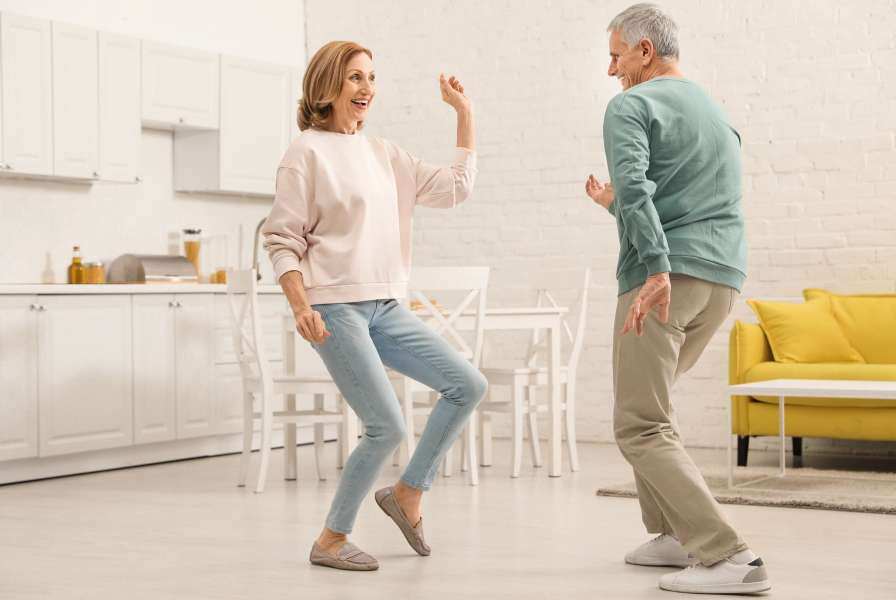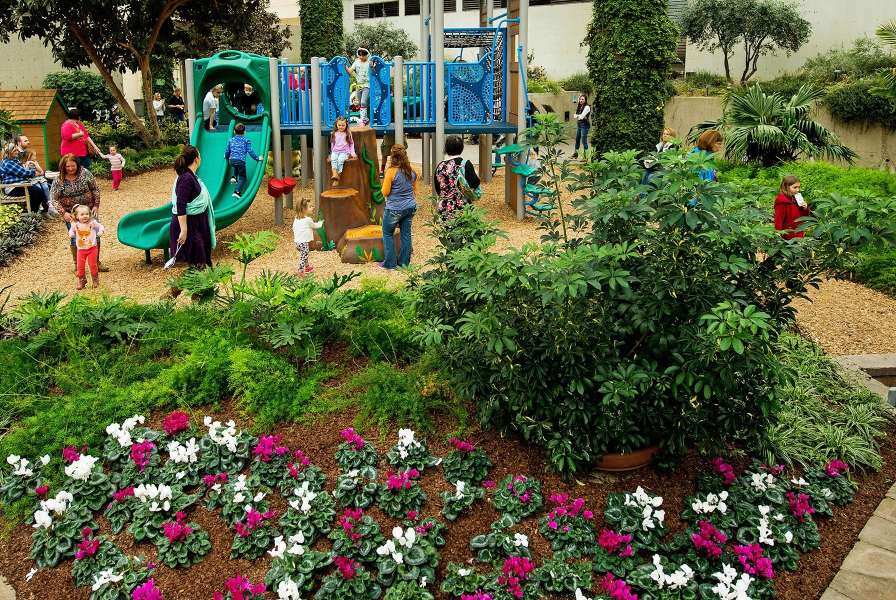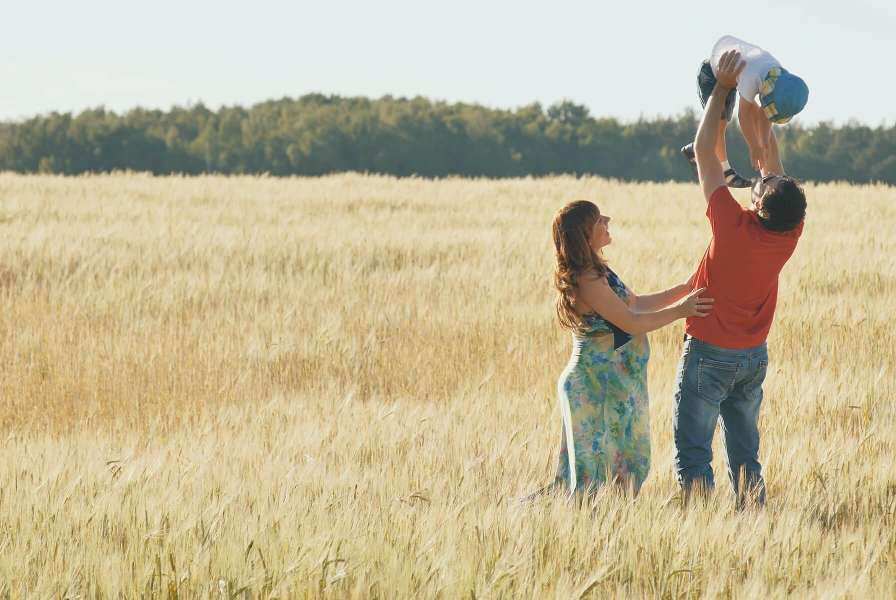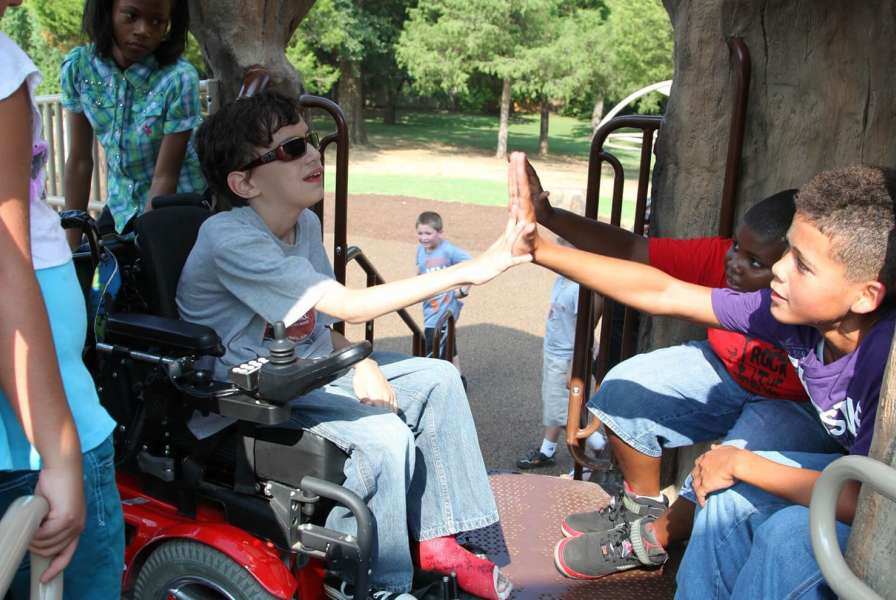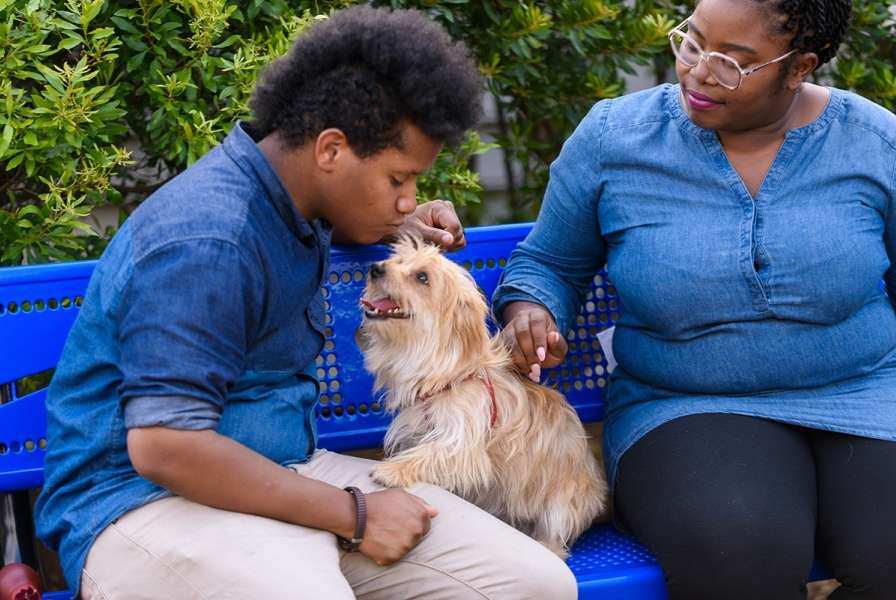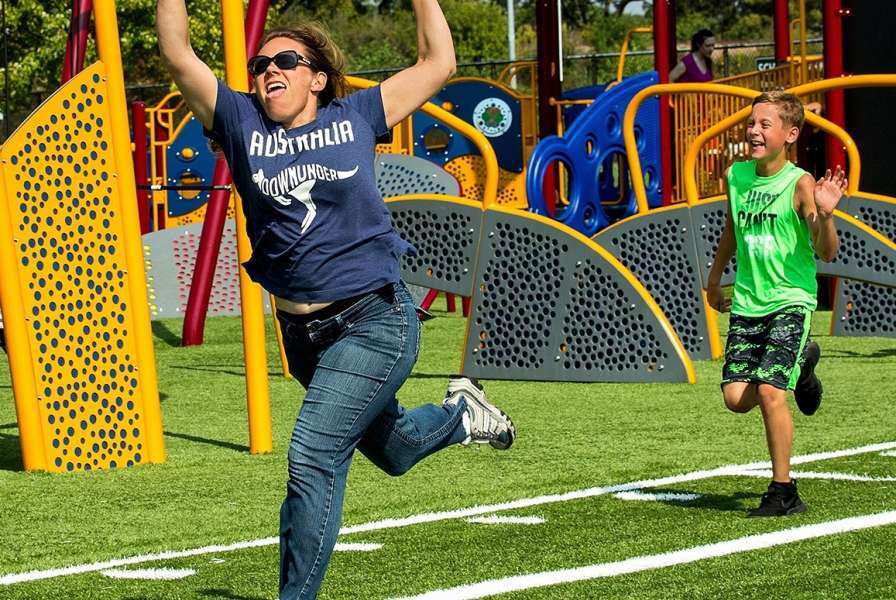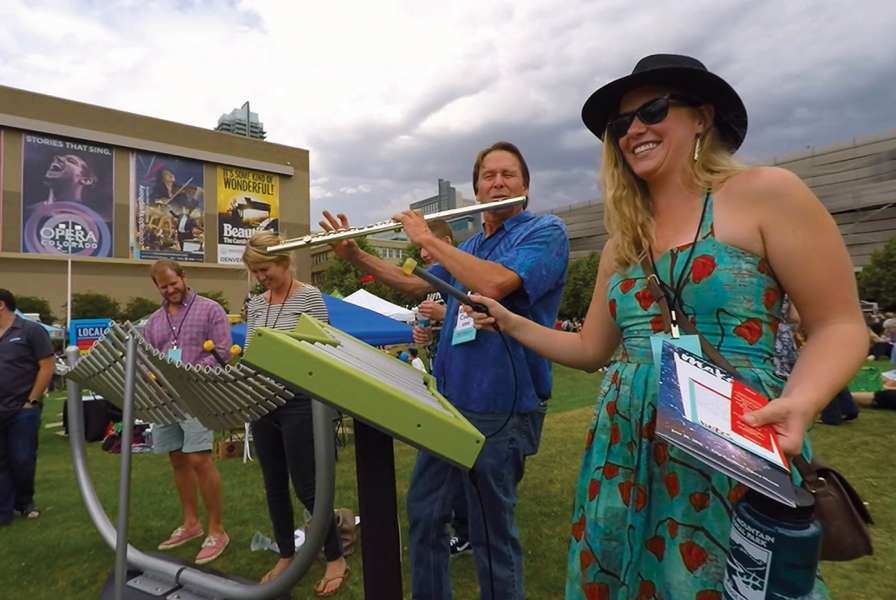Play, despite the solid scientific descriptions of its benefits for all age groups, is still often seen as mainly for kids, and not important for all throughout life. So in this blog, I want to emphasize how rhythm, music, and movement can help to produce “states” of play, which improve well-being and the quality of life.
From our joyous first smiles and playful interactions upon viewing our loving mother’s face, we are social beings dependent on each other for the experience of our play nature. Play is a basic element in our collectively human lives, and is “hard wired” into us as a necessary instinct.
We also live in a rhythmic world. The succession of the seasons, the phases of the moon, day and night cycles all influence how we experience ourselves, our bodies and emotions, and our surroundings. And as we explore our biological rhythms, we find that even at the cellular level, each of our trillions of cells vary in their activity and metabolism rhythmically. We are “circadian” (cyclic-rhythmic) in our essential biological design. Since music and dance have been part of our lengthy human heritage, it just may be that missing out on any of these ingrained behaviors results in an unnecessary loss of basic elements that provide us more social joy.
Play is foundational and necessary, and missing out on it at any stage of life has negative consequences. So allied activities that trigger our innate play responses, particularly those that break through habits that suppress play are to be encouraged. When play gets reintroduced to those who have been missing it, the flood of recognition of what has been missing is joyful. Music, dance and communal festivity form settings that are contagiously playful with profound enduring benefits.
My devotion to a better understanding of this play, has been amplified by my daughter Lauren’s recent experiences with play, music and dance. She is a 50ish Boulder, Colorado housewife, mother and community leader who summoned the courage last year to try a dance class at a local health club. It’s a mix of zumba-latin-funk-hip-hop steeped in irreverence and youth, though few in the class are youthful. Dancing has become life-changing, but not in the ways one might anticipate.
She started out reluctant and self-conscious, struggling to follow the steps, find the beat, and sustain the energy to last, worried what people thought of her less-than-perfect technique and outfits. But from the beginning, the instructor exuded joy and acceptance. The music is loud, commanding, penetrating, and popular, and often generates a reminiscent smile through the day, as well as the desire to move at home, and the undeniable ability to travel through life better.
Over the past year, her self-consciousness evaporated as her joy grew in the pure appreciation of moving to music. The movements have become intuitive, energetic, and forgiving, and she has become increasingly present, unburdened, grateful, and happy in this playful state. She adds, “When I grant myself the freedom and permission to be fully present, awake, and participatory, I have a great time and the whole day becomes remarkably better. My head is clearer and my decisions stronger. I am less afraid of life’s challenges, and more willing to step up.”
For my very busy, involved and somewhat play-deprived daughter, the triggering of her innate capacity and need for play required the combination of elements that dance provided. And each of us, whatever our life situation can easily miss out on what our play nature within us is waiting to provide. Among them are increased engagement in life with optimism, more energy to deal with the challenges we all face, better stress management, and the realization that within us are the capacities for more joy and more. These are the benefits and very positive outcomes from finding our places in the universes of play.
For more articles by Dr. Stuart Brown visit https://www.playcore.com/drstuartbrown or request Science of Play a treatise of articles by Dr. Brown.
